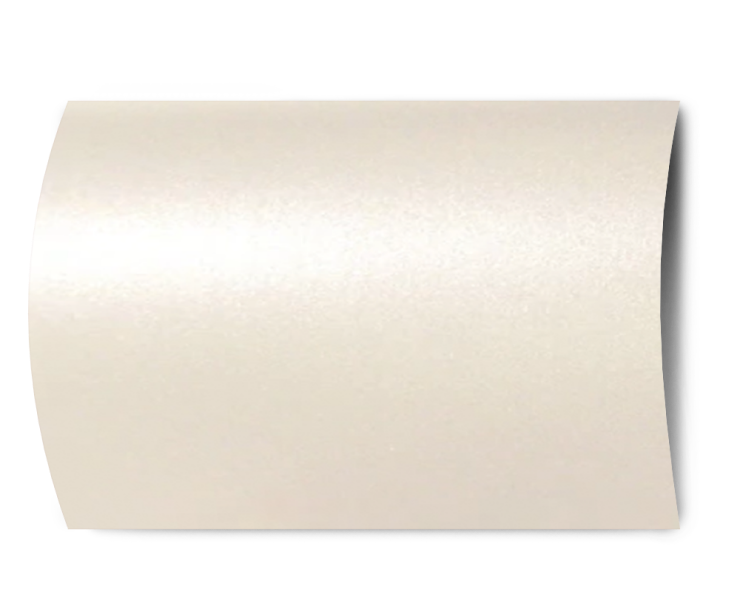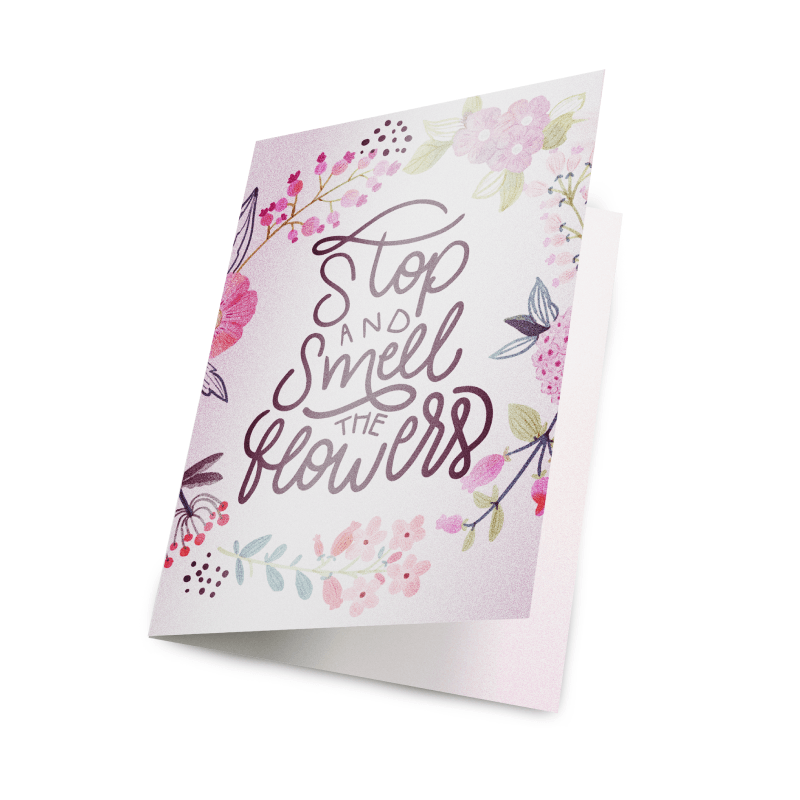Pearl Greeting Cards
Pearlescents 110lb
Pearl greeting cards stand out from other greeting cards because of the beautiful shimmer paper stock. They help any print provider take their custom greeting card printing selection to the next level.
Envelope
Below are the envelope sizes for each of our standard greeting card sizes. Please note that any custom size greeting cards will not be a perfect fit with our standard envelopes. These envelopes will not be printed (white only). For printed envelopes, please order here.


Pearlescents 110lb
Each pearlescent card is infused with metallic pearl fibers so that they can’t be rubbed off. The pearlescents also create a soft texture not found on our other stocks.
Pearlescent Paper Printing
Our pearlescent card wholelsale printing ensures that the irredescent quality of the paper shines through without losing the look of the printed artwork.


Shimmering Pearl Greeting Cards
Pearl greeting cards shimmer subtly when the pearlescent fibers catch the light at various angles. Pearlescent paper printing is sure to help your clients’ custom greeting cards stand out from the rest.
Optional Envelopes Add-On: Envelopes (if chosen) are NOT pearlescent envelopes. Envelope add-on is only available in regular white 60 lb offset stock.
Folded Artworks (Greeting Cards, Folded Business Cards, etc.)
Step 1
Ensure the file matches the product's required dimensions. Ensure that the artwork is created in CMYK 300 dpi with 1/16 inch bleeds on all sides.
Step 2
Make sure that all images are embedded, and that all the text is outlined.
Step 3
Export all files into PDF format with bleeds.
Download Setup Guide
Get It NowHow to set up multi-page files properly
File Orientation Guide
Learn MoreHow to set up proper orientation for your files
File Orientation refers to the orientation of the artwork files submitted. Ensure that they are submitted to back up properly to produce the intended result.
Flat Artwork (Postcards, Flyers etc.)

How To Set Up Your Files
Learn MoreLearn how to set up your files the right way.
General File Preparation Guidelines
- Download our guides to ensure a more optimal print result.
- Be sure to DELETE any hidden layers that are not intended to print (ie: setup guide layers or other hidden artwork layers) to ensure no risk of them appearing on the final print.
- Each job (including multiple paged projects) must be submitted as a single PDF file. Ensure that all pages are the same size.
- Files must be submitted with proper orientation to ensure proper back up.
- It is best to try to avoid using borders in your design. If a border is too close to the trim, the trim may be slightly off-center.
- File must consist of 1/8" bleed and all important art and text must be within the safety margin.
- Ensure that your PDF is high res and that all images are CMYK at 300 DPI.
- Black type should have the following values: C0, M0, Y0, K100.
- Embed or outline all fonts.
- For best colour results, supply a CMYK only files.


 Fast turnaround on instant printing
Fast turnaround on instant printing Call 416-699-1555
Call 416-699-1555 Call Us to Speak with an Agent
Call Us to Speak with an Agent Friendly Customer Service
Friendly Customer Service